Archives
- 2025-11
- 2025-10
- 2023-07
- 2023-06
- 2023-05
- 2023-04
- 2023-03
- 2023-02
- 2023-01
- 2022-12
- 2022-11
- 2022-10
- 2022-09
- 2022-08
- 2022-07
- 2022-06
- 2022-05
- 2022-04
- 2022-03
- 2022-02
- 2022-01
- 2021-12
- 2021-11
- 2021-10
- 2021-09
- 2021-08
- 2021-07
- 2021-06
- 2021-05
- 2021-04
- 2021-03
- 2021-02
- 2021-01
- 2020-12
- 2020-11
- 2020-10
- 2020-09
- 2020-08
- 2020-07
- 2020-06
- 2020-05
- 2020-04
- 2020-03
- 2020-02
- 2020-01
- 2019-12
- 2019-11
- 2019-10
- 2019-09
- 2019-08
- 2019-07
- 2019-06
- 2019-05
- 2019-04
- 2018-07
-
On the other hand the interaction of the Kaempferia parviflo
2020-01-11
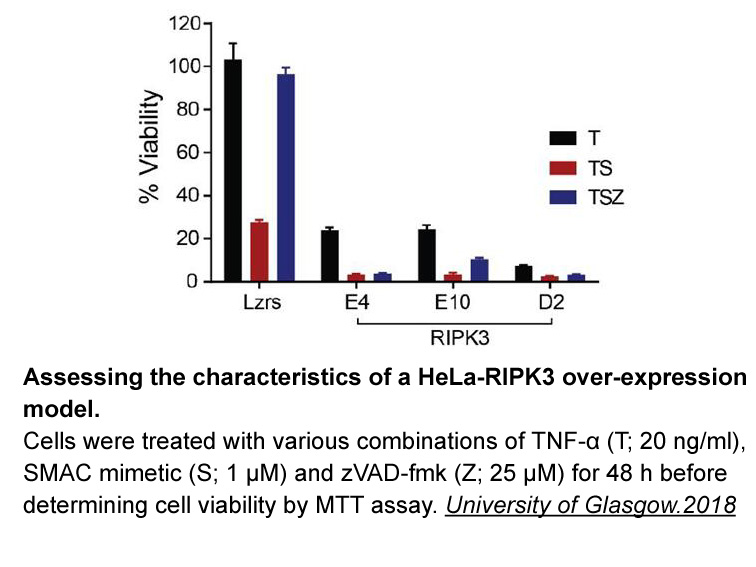
On the other hand, the interaction of the Kaempferia parviflora extract with CYP3A was uncompetitive with a low Vmax value. In the in vivo study, the Kaempferia parviflora extract did not interfere with CYP3A activity throughout the entire duration of treatment. This is fortunate as CYP3A isoforms a
-
br Introduction Plasmodium falciparum malaria continues to b
2020-01-11
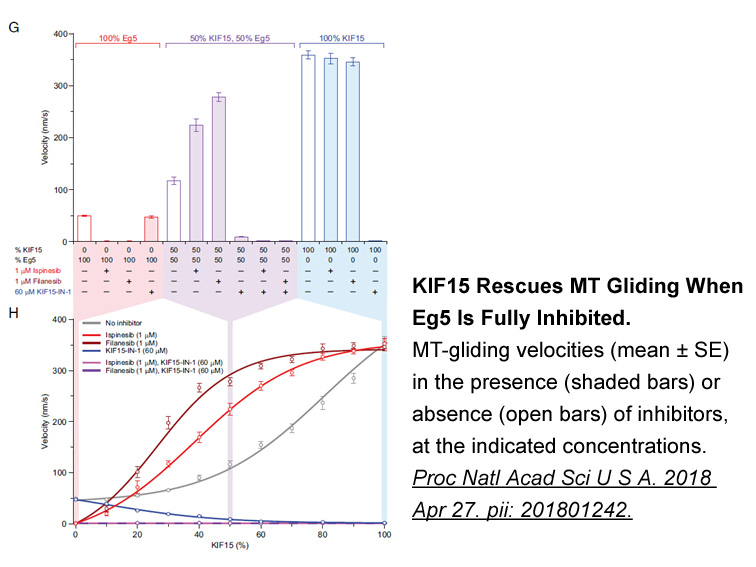
Introduction Plasmodium falciparum malaria continues to be a major global cause of mortality and morbidity. Malaria treatment and control has been complicated by the emergence of resistance to widespread antimalarial drug use. The most common method for measuring antimalarial resistance is estima
-
needs your attention DDR plays a crucial role in regulating
2020-01-11
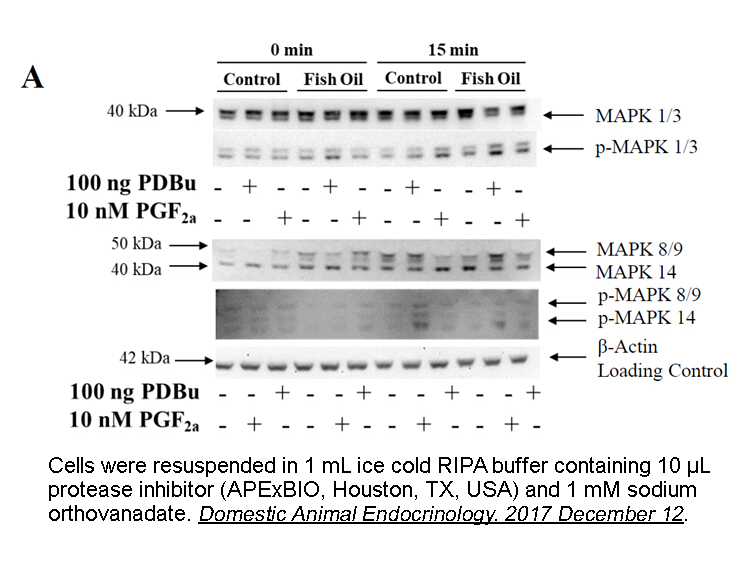
DDR2 plays a crucial role in regulating a wide variety of fundamental cellular processes, including cell proliferation, differentiation, and adhesion [17], [28], [29], [30]. The authors revealed compromised cell migration in DDR2-silenced fibroblasts exposed to Ang II, most likely due to the loss of
-
In contrast to DDR the
2020-01-11
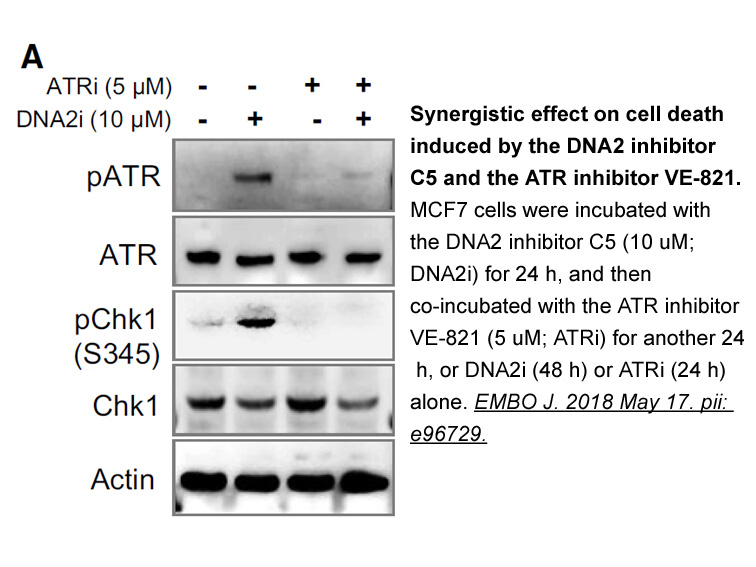
In amoxicillin price to DDR1, the role of oligomerization and/or clustering of DDR2 in mediating its interactions with collagen is less understood. Current data show that in DDR2, like in DDR1, (i) dimerization [7] and higher-order oligomerization of its ECD [11], [22] enhance its binding to collag
-
Penciclovir Sodium br Materials and methods br
2020-01-11
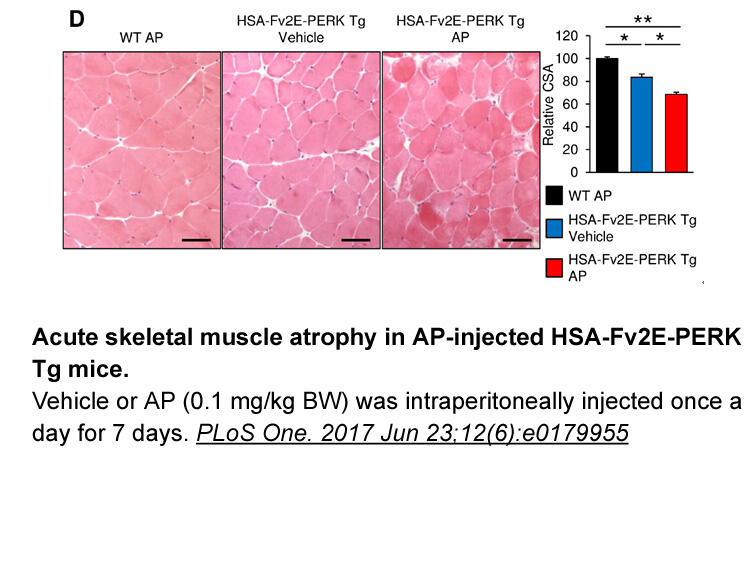
Materials and methods Results and discussion Conclusions Conflict of interest Acknowledgments This work was financially supported by the National Natural Science Foundation of China (31302162, 31171762), National High Technology Research and Development Program of China (863 Program,
-
After repeated intermittent exposure to
2020-01-11

After repeated, intermittent exposure to a psychostimulant an augmentation of drug response to motor activity is commonly observed, a phenomenon known as behavioral sensitization (Kalivas and Stewart, 1991, Steketee and Kalivas, 2011). On the other hand, several reports have pointed out that stress
-
br Results Patient disease and treatment
2020-01-11
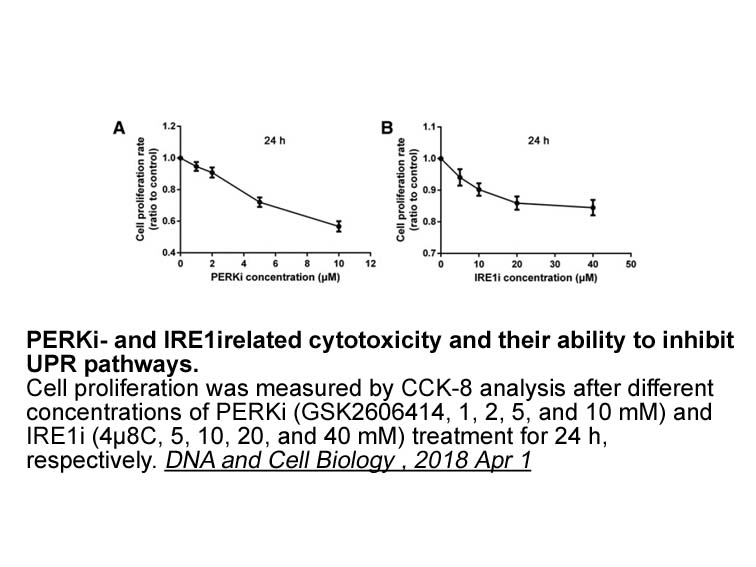
Results Patient, disease, and treatment characteristics of the study cohort are described in Table 1. All patients were stage IIIA with pathologically documented N2 disease per AJCC 7th edition. EP4 nuclear staining 0–1 versus 2+ was significantly associated with overall survival (OS) (44.3 vs.
-
br Materials and methods br Results br Discussion In
2020-01-11
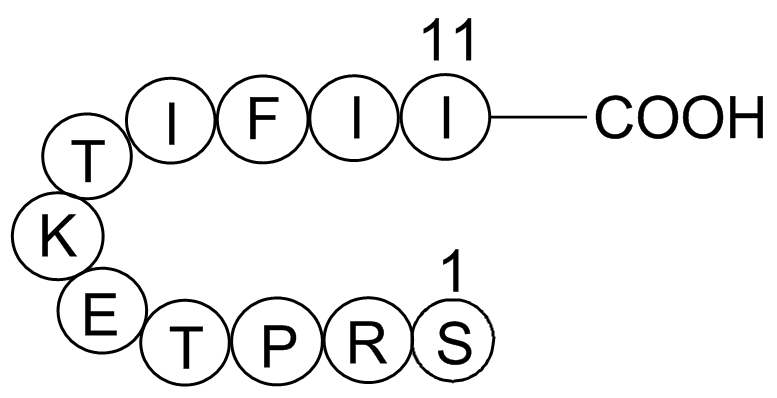
Materials and methods Results Discussion In addition, the responses of CYP450s induced by metalaxyl are species-specific in the four cells. For example, metalaxyl lead to induction of CYP1A1, CYP1A2, and CYP2B1 in HepG2 cells, CYP1A2 and CYP2B1 in H4IIE cells, CYP1A1 and CYP2B1 in LMH cells
-
Ageing is associated with increased reactive oxygen species
2020-01-10
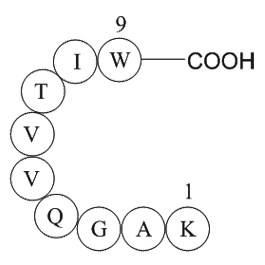
Ageing is associated with increased reactive oxygen species (ROS) production, oxidative stress and oxidative damage [43,44]. Overproduction of ROS can impair endothelial function by suppressing NO synthesis and scavenging NO thereby decreasing its overall bioavailability. Moreover, sustained oxidati
-
br Materials and methods Male Hartley guinea pigs g were
2020-01-10
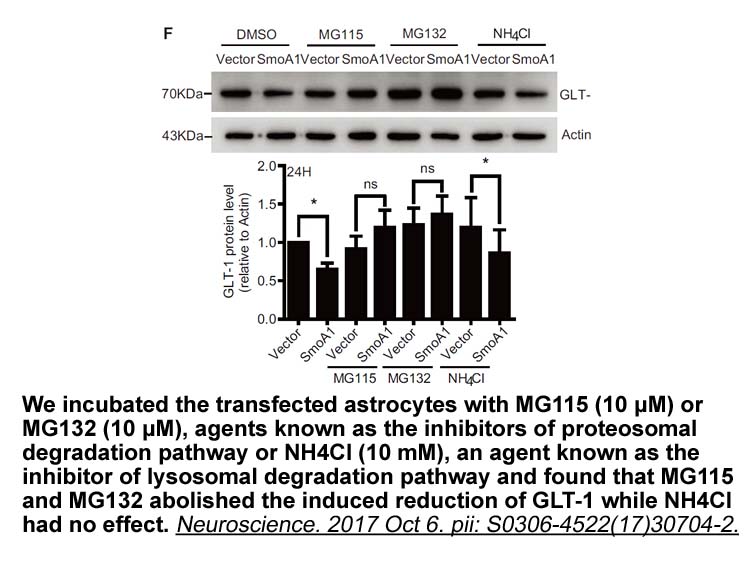
Materials and methods Male Hartley guinea pigs (300–350g) were obtained from National Laboratory Animal Center, Taiwan. LTD4, LTC4, LTE4, LTB4, montelukast and BAY u9773 were purchased from Cayman Chemical, Ann Arbor, Michigan; Carbachol, atropine, l-serine, boric acid, l-cysteine and all buffer
-
br CDK Inhibitors for the Treatment of inflammatory Diseases
2020-01-10

CDK Inhibitors for the Treatment of inflammatory Diseases Several CDKs have been implicated as regulators of inflammatory gene expression. It will thus be very important to determine the relative contributions of the various CDKs and their kinase function on a systematic basis. This work will be
-
br Membrane receptor Indirect non genomic signaling As menti
2020-01-10
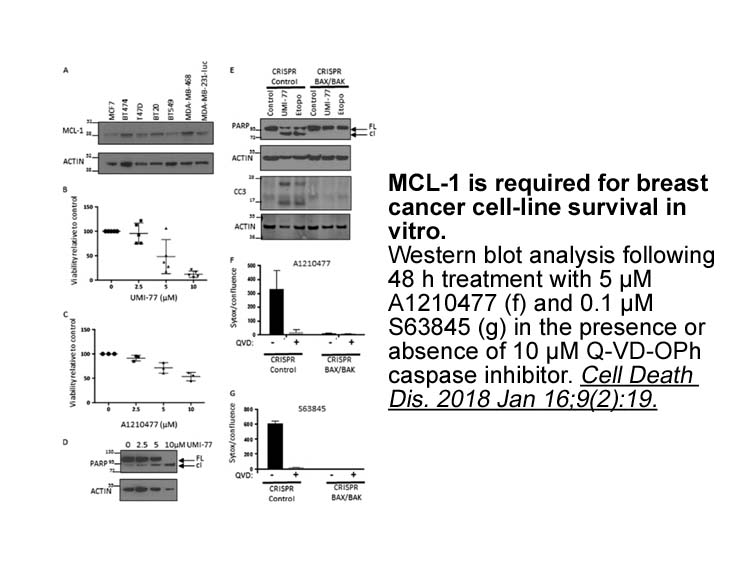
Membrane receptor: Indirect non-genomic signaling As mentioned above, not all Benzamil mg responses fit the classical genomic model of steroid action. The observation of excessively fast estrogen-induced biological responses led to the development of the hypothesis that estrogen could be acting b
-
angiotensin receptor blockers br Materials and methods br Re
2020-01-10
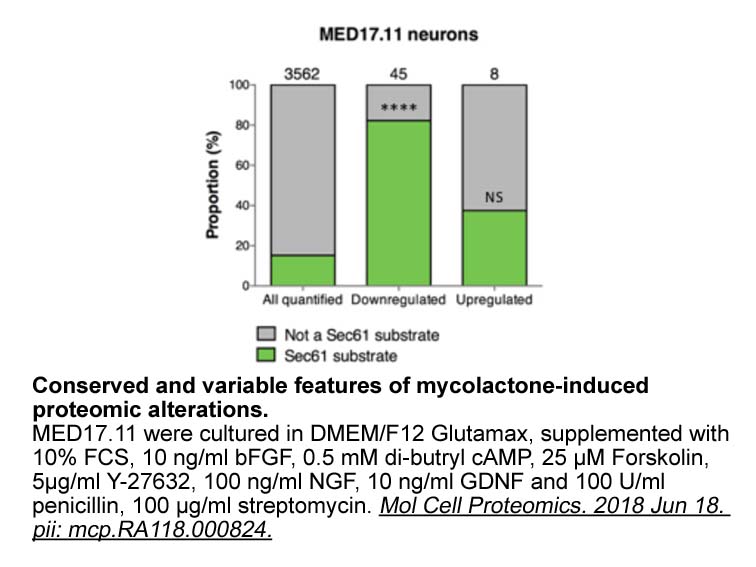
Materials and methods Results and discussion Conclusions The current research work deals with preparation of CES from RHA and comparative study of Ni (II) ion adsorption on CES and RHA. It was observed that carbon embedded silica shows more porous structure and more surface area as compared
-
Some antioxidants including N acetylcysteine and SOD have be
2020-01-10
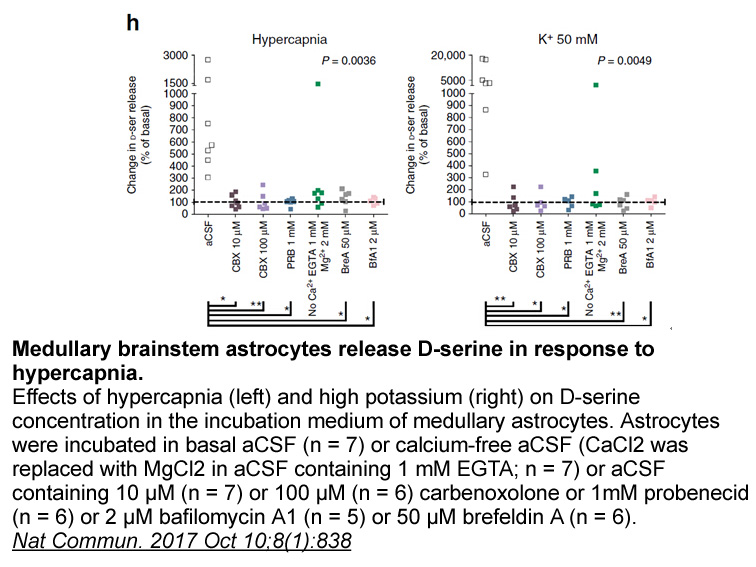
Some antioxidants, including N-acetylcysteine and SOD, have been shown to decrease collagen deposition and protect the lungs in various animal models and even in clinical trials (Chan et al., 2013, Loomis-King et al., 2013, Rafii et al., 2013, Teixeira et al., 2008, Wang et al., 2013). Bleomycin-ind
-
The observed increase in Bdnf mRNA
2020-01-09
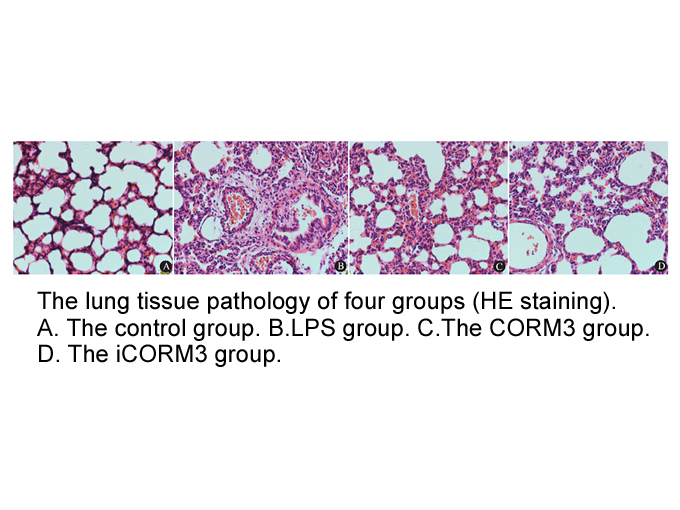
The observed increase in Bdnf1 mRNA occurred 1 h after treatment indicates participation of BDNF in early plasticity and subsequently mnemonic processes. Most of the evidence regarding the importance of BDNF for memory formation derived from electrophysiological studies that utilized the molecular c
11236 records 603/750 page Previous Next First page 上5页 601602603604605 下5页 Last page